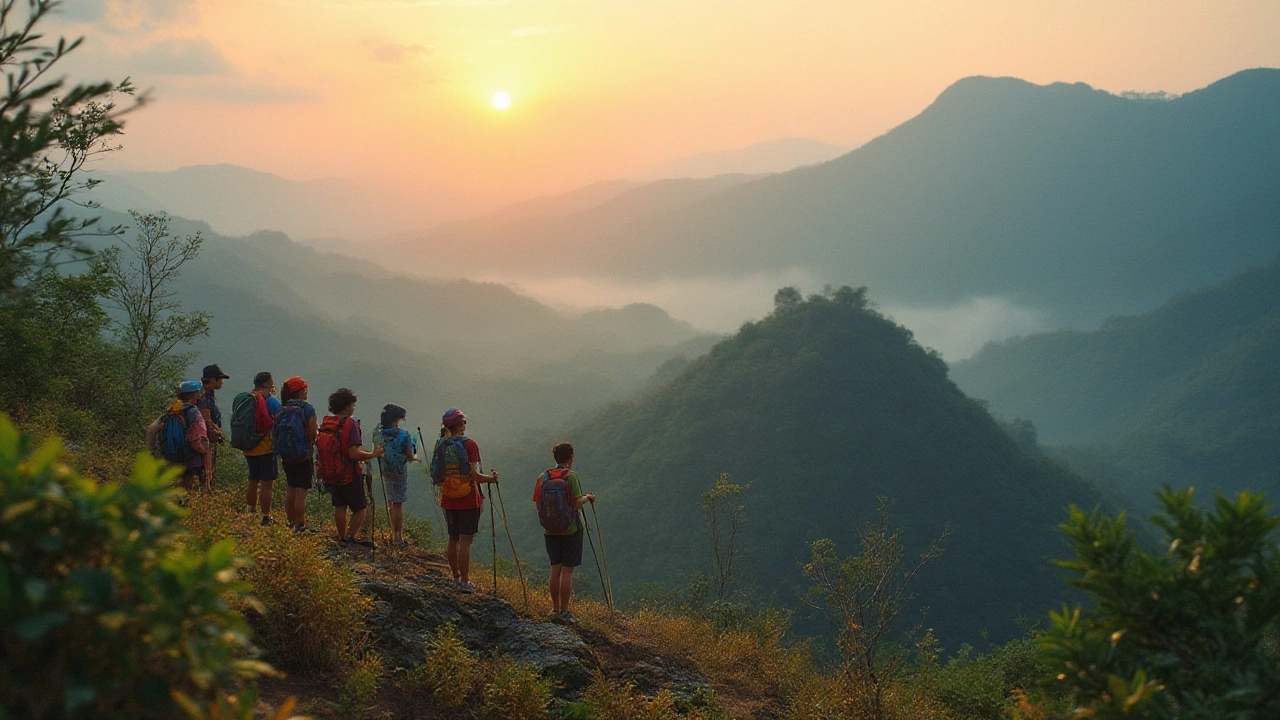SEARCH
Best Hiking Tips for Exploring India’s Trails
If you love walking off the beaten path, India has a ton of routes that suit every level. From the cool forests of the Western Ghats to the rugged peaks of the Himalayas, the right preparation can turn a simple trek into an unforgettable adventure. Below you’ll get practical tips that work whether you’re planning a day hike near Pune or a week‑long trek in Ladakh.
Essential Hiking Gear – What You Really Need
Most beginners think they need a mountain‑range of equipment, but a smart pack is far lighter. Start with a sturdy backpack that fits your torso and has a rain cover. A pair of breathable, quick‑dry trekking shoes will keep your feet comfortable and prevent blisters. Bring a lightweight sleeping bag if you’re camping, but many trekkers in India use simple hammocks with mosquito nets.
Don’t forget a headlamp with spare batteries, a reusable water bottle, and a basic first‑aid kit (plasters, antiseptic wipes, pain killers). A small multi‑tool can handle minor repairs on the trail. For navigation, a printed map plus a phone with offline maps works well – GPS signal can be spotty in remote valleys.
Layering and Weather: The 3‑Layer Rule
One of the most common mistakes is over‑ or under‑dressing. The 3‑layer rule keeps you flexible: a moisture‑wicking base layer to pull sweat away, an insulated mid‑layer for warmth, and a waterproof shell that you can zip on when the clouds roll in. In the Western Ghats you might need only a light fleece, while in the Himalayas a down jacket becomes essential.
Check the weather forecast a day before you set out, but always be ready for sudden changes. A compact emergency blanket can be a lifesaver if you get stuck in a cold night. Remember that altitude can make temperatures drop quickly, so keep that shell handy even on a sunny morning.
Now that your gear and clothing are sorted, think about the trail itself. Start with well‑marked paths like the trek to Kudremukh in Karnataka or the Valley of Flowers in Uttarakhand. These routes have clear signage and usually have local guides available. If you crave more solitude, consider the lesser‑known trails of the Sikkim border or the Aravalli ridge near Jaipur – just make sure you tell someone your itinerary.
Safety on the trail isn’t just about gear. Carry enough food for at least twice the expected duration – nuts, energy bars, and dried fruit are lightweight and keep you fueled. Hydration is critical; a liter of water per hour in hot conditions is a good rule, and water purification tablets or a simple filter protect you from unsafe sources.
Finally, respect the environment. Pack out everything you bring in, stay on marked trails to protect fragile ecosystems, and follow local customs. In many Indian villages, a friendly greeting can open doors to unique cultural experiences, from sharing a cup of tea to learning a local legend about the mountains you’re walking through.
With the right gear, the 3‑layer rule, and a bit of planning, you’re ready to tackle India’s best hikes. Whether you chase waterfalls in Kerala or chase sunrise over the Himalayas, the trail is waiting – and it’s easier than you think to start.

Best Hiking Destinations: Top Places for Unforgettable Trekking Adventures
Discover the best place for hiking with in-depth tips, practical advice, and captivating facts based on true adventures. Find top trekking destinations and what makes them stand out.
Continue reading